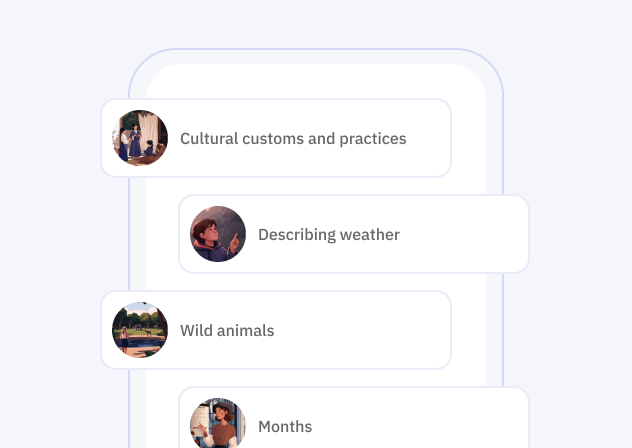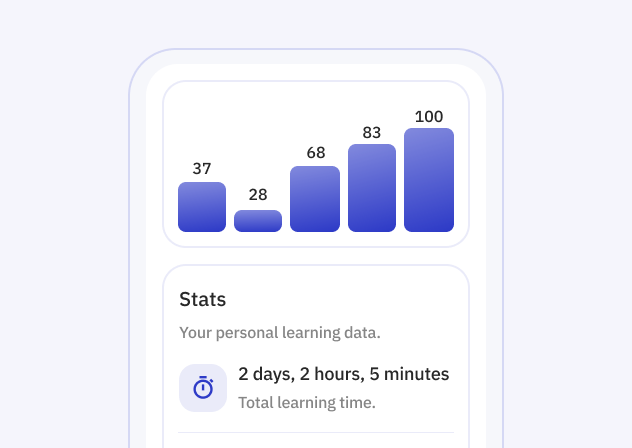Il verbo inglese "slant" è un termine che può essere utilizzato in diversi contesti, ma il suo significato principale riguarda l'idea di inclinare o piegare qualcosa rispetto a una posizione orizzontale o verticale. Nella sua forma base, "slant" può indicare un'azione in cui un oggetto viene posizionato o si muove in modo obliquo o diagonale. Inoltre, il verbo può essere utilizzato in senso figurato per descrivere un punto di vista o un'informazione che viene presentata in maniera parziale o distorta, con un'inclinazione verso un particolare punto di vista o opinione. Questo termine è versatile e può arricchire il vocabolario di chi desidera esprimere concetti legati a inclinazioni fisiche o interpretative.
The sunlight slanted through the trees, casting long shadows on the ground.
Her handwriting always slants to the right, making it look elegant.
They decided to slant the roof to allow rainwater to run off easily.
The article slanted the facts to support their political agenda.
The picture frame was slightly slanting to the left, so I straightened it.
The hill slants gently down to the riverbank.
His opinion slants towards a more conservative viewpoint.
We watched as the sun slanted lower in the sky, signaling the end of the day.
The roof slants at a 45-degree angle to provide better insulation.
He slanted his presentation to highlight the benefits over the drawbacks.
I slant the text to the right.
You slant your head when you think.
He slants the board to get a better view.
She slants her eyes in concentration.
It slants slightly to the left.
We slant the picture for effect.
They slant their opinions towards one side.
I slanted the sign yesterday.
You slanted the frame last week.
He slanted his view during the discussion.
She slanted her handwriting in the letter.
It slanted awkwardly after the storm.
We slanted the shelves in the garage.
They slanted their arguments in the debate.
I will slant the poster tomorrow.
You will slant the mirror next time.
He will slant his view to see better.
She will slant her approach in the presentation.
It will slant if not fixed.
We will slant the table for better stability.
They will slant their opinions in the discussion.
I am slanting the drawing right now.
You are slanting the photo as we speak.
He is slanting the chair for comfort.
She is slanting her head while thinking.
It is slanting more and more each day.
We are slanting the shelves currently.
They are slanting their views in the meeting.
I was slanting the picture when you called.
You were slanting the mirror while I watched.
He was slanting the sign when it fell.
She was slanting her head when she got tired.
It was slanting due to the weight.
We were slanting the shelves before the move.
They were slanting their arguments throughout the debate.
I will be slanting the painting all day.
You will be slanting the camera during the shoot.
He will be slanting the table at the event.
She will be slanting her head in thought.
It will be slanting as it continues to settle.
We will be slanting the shelves for the next hour.
They will be slanting their perspectives in the discussion.
I have slanted the text for emphasis.
You have slanted the image slightly.
He has slanted the board to read better.
She has slanted her view on the matter.
It has slanted over time.
We have slanted the frames in the gallery.
They have slanted their stance in the argument.
I had slanted the picture before you arrived.
You had slanted the shelves before the move.
He had slanted the sign before the storm.
She had slanted her head before the pain started.
It had slanted due to the weight.
We had slanted the table before the event.
They had slanted their opinions before the debate.
I will have slanted the picture by tomorrow.
You will have slanted the mirror by the time they arrive.
He will have slanted the board by next week.
She will have slanted her head by the end of the session.
It will have slanted completely by then.
We will have slanted the shelves by morning.
They will have slanted their stance by the conclusion.
Il modo più efficace per imparare una lingua
Prova Talkpal gratuitamente
Ogni individuo apprende in modo unico. Con la tecnologia Talkpal , abbiamo la possibilità di esaminare come milioni di persone imparano contemporaneamente e progettare le piattaforme educative più efficienti, che possono essere personalizzate per ogni studente.

Ricevi un feedback immediato e personalizzato e suggerimenti per accelerare la tua padronanza della lingua.

Impara con metodi personalizzati in base al tuo stile e al tuo ritmo, assicurandoti un percorso personalizzato ed efficace verso la fluidità.
Talkpal è un tutor linguistico alimentato dall'intelligenza artificiale. È il modo più efficiente per imparare una lingua. Chatta su un numero illimitato di argomenti interessanti scrivendo o parlando, mentre ricevi messaggi con una voce realistica.


Talkpal, Inc., 2810 N Church St, Wilmington, Delaware 19802, US
© 2025 All Rights Reserved.